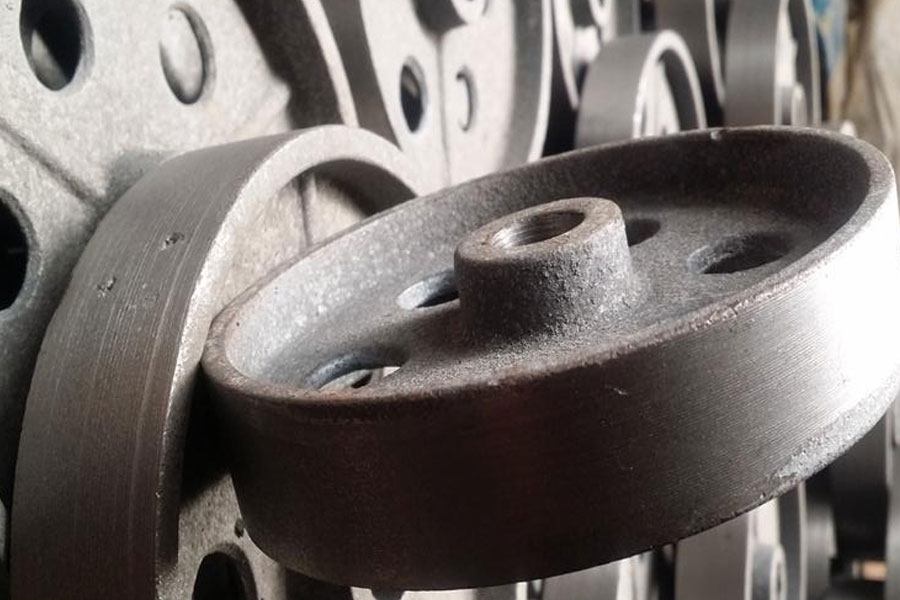Introduction: We believe that the future of making these materials and robots with more biological similarities will depend on the composition of the materials. This raises a point of view on the importance of interdisciplinary research in this field. In this field, practical No one can provide all the answers.
Researchers at Cornell University in Ithaca, New York have developed a 3D printed soft robotic muscle that can control its internal temperature by wicking perspiration. Using a hydrogel-based composite resin and stereolithography (SLA), a soft finger-like actuator that can retain water and respond to temperature is produced. According to Robert Shepherd, associate professor of mechanical and aerospace engineering, this biologically-inspired form of thermal management can allow unfettered robots to run for longer periods of time.
TJ said: "Sweat uses the evaporated water to quickly dissipate heat and can be cooled to the ambient temperature." Wallin is a research scientist at Facebook Reality Labs and the first author of the study. The paper was published in "Science Robots." . "Usually, biology provides us engineers with excellent guidance."
"Sweaty"
As Professor Shepard in charge of the project said, one of the obstacles to making durable, agile, and flexible robots is the internal temperature of the controller due to the tendency of exothermic engines to overheat. In addition, the synthetic materials used in soft robots retain heat, while metals quickly dissipate heat. There, the researchers sought to create a natural cooling system that would not add weight or limit the design of soft robots.
Customized hydrogel composite resins are used to additively cnc manufacture finger fluid elastomer actuators that have holes that automatically open and close in response to thermal fluctuations. The holes expand at elevated temperatures, releasing water, and cooling speed is more than 600% faster than similar non-sweat devices. Wallin said: "The best part of this synthesis strategy is that the thermal regulation performance depends on the material itself. We do not need sensors or other components to control the sweat rate. When the temperature rises above the transition temperature, the pores will open and closure."
Self-cooling robot
After several grip tests, the researchers found that automatic sweating prevented the robot from overheating, but the surface of the robot was indeed slippery. Therefore, the texture of the hydrogel will be modified. In addition, the robot’s ability to secrete fluids may also lead to methods for absorbing nutrients, catalyzing reactions, and removing pollutants.
